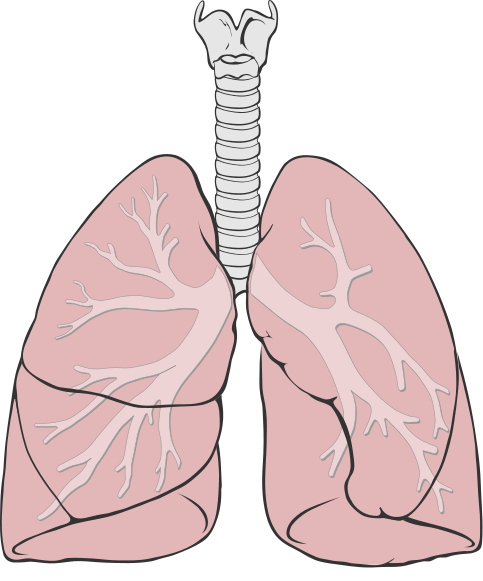The lungs of sufferers of cystic fibrosis (CF), an inherited airway disease, fail to respond to inhaled bacteria, leading to the inflammation and damage that characterises the  disease, new research has shown.
disease, new research has shown.
The lungs are kept clear of infections by thin secretions that line the airways and trap inhaled particles of dirt and microorganisms. This material is swept out of the lungs by the beating of fine hairs called stereocilia, which set up currents in the mucus, propelling it up to the throat.
In CF patients though, the secretions are thick and sticky, making it difficult for the lungs to clear the material, which in turn leads to repeated cycles of infection and inflammation culminating in the stiffening, thickening and destruction of the airways.
Now, writing in PNAS, University of Saskatchewan scientist Juan Ianowski and his colleagues have developed a new imaging technique to enable them to explore this process in more detail, which has revealed a previously unknown facet of the disease.
The Canadian team have used a focused beam of X-rays, called synchrotron rays, to study the thickness of the mucus layer.
To mimic the inhalation of bugs, the team dropped tiny beads coated with the bacterium Pseudomonas aeruginosa, which is a common infection in cystic patients, onto the airway surfaces of pigs that were either normal or affected by a pig form of CF.
In the healthy animals, the bacteria-laden beads provoked an immediate reaction, which lead to increased production of mucus locally. This would have the effect of capturing the invading microbes and then lead to their prompt removal.
But the airways of the CF-affected animals did not respond, leaving the airway potentially exposed and vulnerable and the bugs competent to grow and invade. The signal for the normal airway reaction, the team found, are chemicals released from the surfaces of the infecting bacteria, which trigger the airway cells to boost their mucus response.
This is the first time, say the researchers, that this innate response to inhaled microbes has been documented and might help to explain an important aspect of the pathology of both CF and other chronic chest diseases like asthma.










Comments
Add a comment